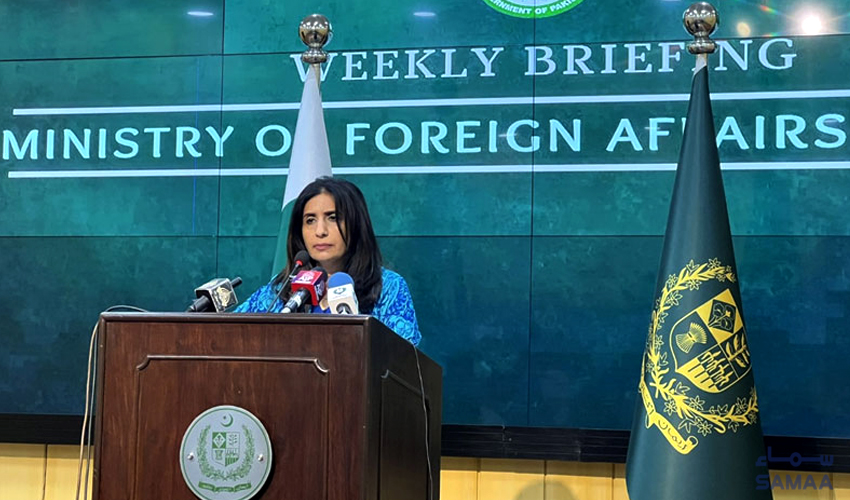Pakistan rejects US sanctions on commercial entities over ballistic missile allegations
FO stresses avoiding 'arbitrary application of export controls'
FO stresses avoiding 'arbitrary application of export controls'
Bread supply van came in between attackers, target, absorbing impact from explosion, minimizing casualties
Hospital administration restricted entrance of other individuals
Authorities intercept 70,000 liters of Iranian diesel and contraband
Minister Shaza Fatima Khawaja highlights government's ICT initiatives
'Bowlers given plan to bundle opponents on minimum total', says Aliya
Transforming Karachi's landscape with modern infrastructure and serene spaces
More than 370,000 regular, private candidates expected to sit examination this year
During the caretaker government tenure crime rate was low in Karachi, Haris Nawaz
FO stresses avoiding 'arbitrary application of export controls'
Total remittance volume from overseas Pakistanis in first 9 months of fiscal year stands at $21.037bn
Despite efforts to restore air operations, full functionality yet to be achieved at Dubai airport
Adverse weather conditions in Dubai led to cancellation of flights for four consecutive days, affecting 31 flights
Report says Pakistan's growth rate in 2024 expected to surpass that of 2023
The union won 12 out of 16 office referendums across Pakistan.
Minister Shaza Fatima Khawaja highlights government's ICT initiatives
'Bowlers given plan to bundle opponents on minimum total', says Aliya
Her latest film Dagabaaz Dil is right now playing in the cinemas
This series promises to elevate your home entertainment to new heights
Economic crisis grips Afghanistan, leaving elderly without support
Doctor says habit of eating outside rather than home-cooked meals has also affected children's health
Study discovers that sound coming from a disturbed plant could be heard over a meter away
Economic ups and downs can be managed through 'Charter of Economy'

